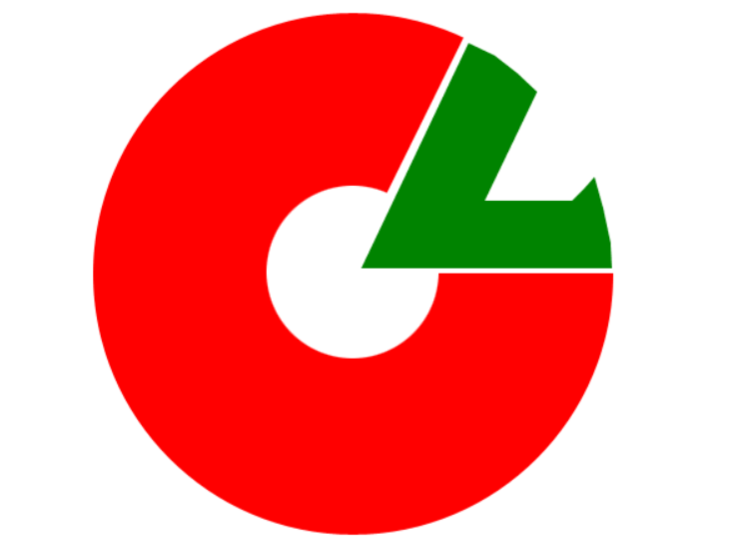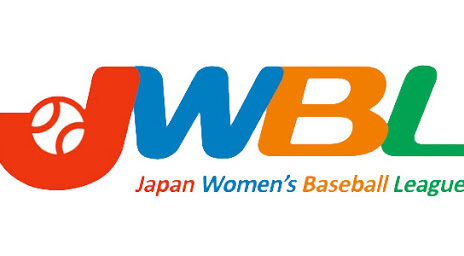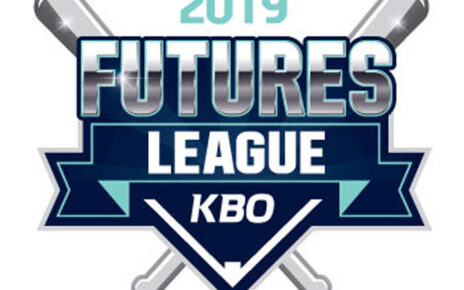It’s time for one of the big boys of Japan, and I’m sure its executives would say the biggest boy, the Central League (JPCL).
History
The JPCL was founded in 1949, but began play in 1950, out of the ashes of the Japanese Baseball League. From the onset, the JPCL was a member of and overseen by, the Nippon Professional Baseball organization. Initially, the JPCL had an eight-team structure, however by the 1952 season they were a seven-team league. It was decided that at the end of that year any team with a winning percentage below .300 would be merged with the other teams. This happened and from that point on the JPCL operated with its more well-known number of six teams.
The JPCL is viewed, within Japan at least, as the more traditional of the two leagues and that has never really changed. It’s commonplace for the JPCL to only take on rule changes long after they have been in practice in the Pacific League. The JPCL has been slow to adapt to new methods of airing ballgames, still refuses to implement a designated hitter (except for in interleague games at JPPL parks), and in general, has leaned into their “get with the times” reputation. The last major changes to the JPCL were the introduction of interleague play in 2005 and a new playoff format in 2007.
There have been both mundane and tumultuous periods in the JPCL’s history. Currently JPCL is in a period where they are rapidly losing ground to the JPPL both in terms of winning interleague play and in popularity. At some point things will be shaken up, it’s simply a matter of when the JPCL team brass decide they have had enough of losing to the JPPL on and off the field.
Format
Game rules are much the same as found in traditional baseball, including pitchers batting for themselves in intra-league games and interleague games at JPCL parks. If a game is tied after 12 innings it is declared a draw. The JPCL is a small-ball league. That’s not to say there aren’t big boppers, but it’s a league where a high level of emphasis is still placed on bunting, moving runners over, sacrificing, etc. Also, because of the way television rights work in Japan, it is not uncommon for a game to be cut off before it has finished to move on to the next scheduled bit of programming.
Rosters in the JPCL are 25 on game day, 27 active players, and around 70+ when including a team’s farm club. The JPCL uses an active roster because that allows players, usually pitchers, to be moved back and forth on days when it is known ahead of time they will not be playing. The JPCL typically does not schedule games on Monday, and this has created a scenario where the guaranteed off-day means most teams have six-man starting rotations. Gameday rosters in the JPCL are limited to four foreign-born players, though there can be as many foreign-born players as a JPCL team wants on their overall roster. The four foreign-born players on the active roster cannot be exclusively pitchers or position players but must be some sort of mixture of both.
After the 143-game regular season, Opening Day is March 20th, the Climax Series playoffs begin. The top three teams advance to the playoffs. In the first stage, the second and third place teams square off in a best-of-three series where each game takes place at the home field of the second-place team. The winner of that advances to the final stage to face the regular season winner in a best-of-seven series. The catch is that the regular-season winner starts the final with a one-game advantage and gets home field throughout the series. When a playoff game ends in a tie it goes in the books as exactly that. If the series itself ends tied the team with the better regular-season record advances, and if the two teams had identical records then the team that won the head-to-head regular season match-up advances.
The winner of the JPCL Climax Series goes on to play the winner of the JPPL Climax Series in a best-of-seven Japan Series. It’s of note that both the JPCL and the JPPL do not tie teams into cities in the same way that affiliated baseball does. Teams call specific cities home, but their identity is tied into their corporate ownership.
Level of Play
The scale,
ML
AAAA
AAA
AA
A
Rookie
In the past few decades, there have been numerous JPCL players who have entered the ranks of affiliated baseball and succeeded. They have succeeded from the ML-level all the way down. The reality is that the JPCL is but a few steps removed from being a ML-level league. The talent is certainly there at the top of team rosters. What still holds the JPCL, and JPPL, back is the bottom of active rosters. Somewhere around 17-18 deep on a roster the talent level dips from AAAA-level or better to anywhere from Rookie-level to AA-level. That places the JPCL firmly in the AAAA-level of leagues.
Teams
- Chunichi Dragons
- Hanshin Tigers
- Hiroshima Toyo Carp
- Tokyo Yakult Swallows
- Yokohama DeNA BayStars
- Yomiuri Giants
Statistics
There are plenty of places to find JPCL statistics. The NPB website carries stats dating back to 2008. DeltaGraphs, has sabermetric inclined statistics for the JPCL dating back to 2014 that can be accessed for a monthly fee. Though, league leaders in various stats can be accessed with a free membership. Baseball Reference also has up to date JPCL stats, but really shines in that it has complete regular-season statistics from the start of the league. None of the sites seem to carry JPCL playoff stats, which is s shame.
People to Follow
There are a lot of JPCL folx to follow online. There are far more than I could hope to list here, from those who cover the league in a broad sense down to those who only want to talk about their favorite team. If you’re looking for a starting point I highly suggest the three people/places listed below,
Jason Coskrey – @JCoskrey
Jim Allen – @JballAllen
NPB Reddit – @NPB_Reddit
Websites
NPB (English) – @npb – npb.official
Streaming
There isn’t a legal streaming service for JPCL games like there is for JPPL games. That is, and I cannot stress this enough, a huge bummer. The Hanshin Tigers do offer a streaming service, ToraTele, that costs $7/month and has a mobile app. Their service offers streams of every Tigers home game and any home game the Tigers play at the Tokyo Dome, this includes any Climax Series games. Otherwise, the JPCL remains dark in a legal sense, which is a sour note to end on but a sign of how behind the times the league remains.
Lead photo courtesy of Unknown – SportsLogos




